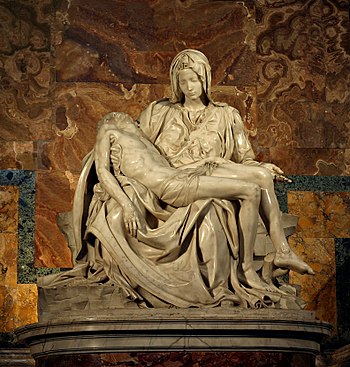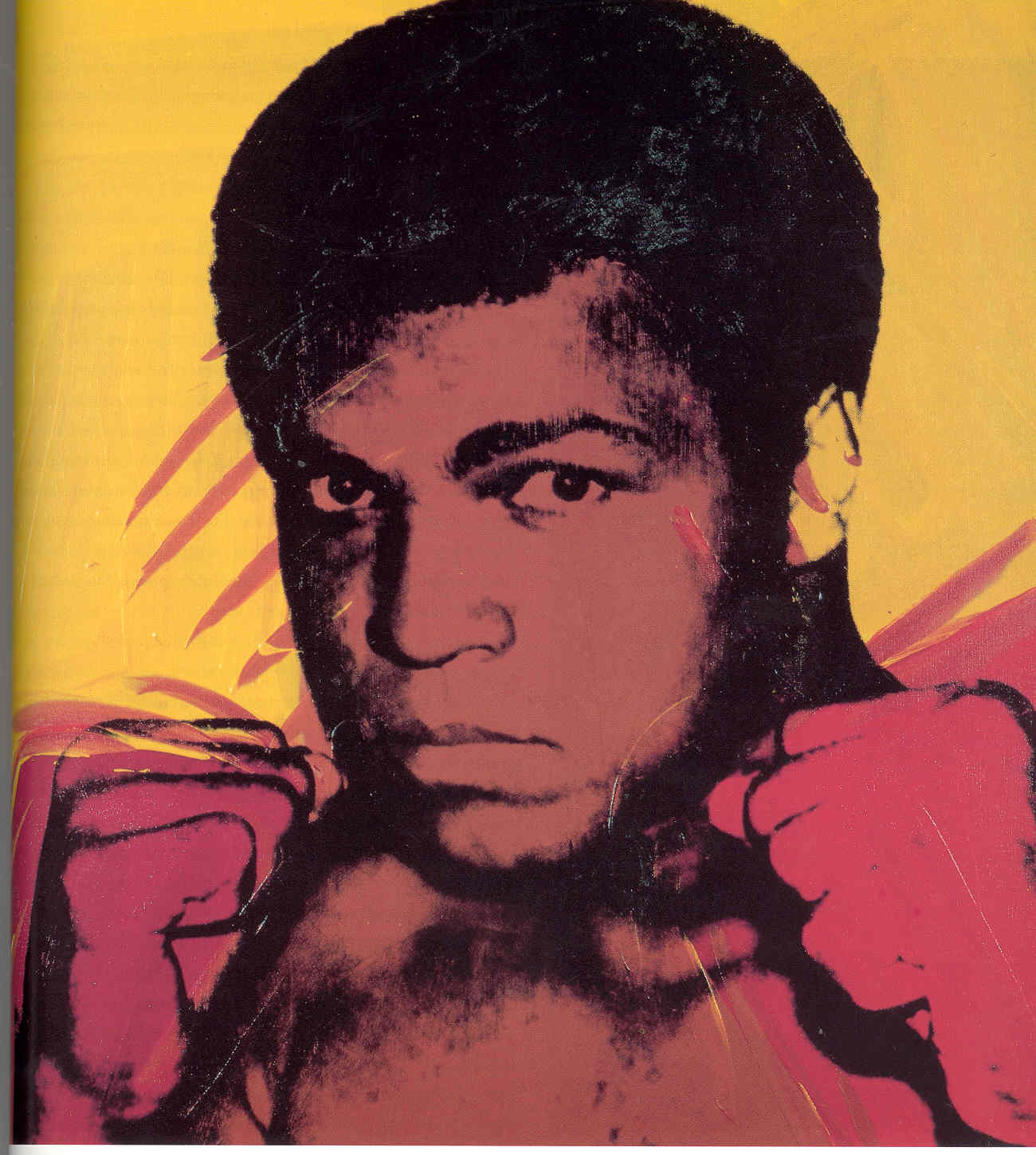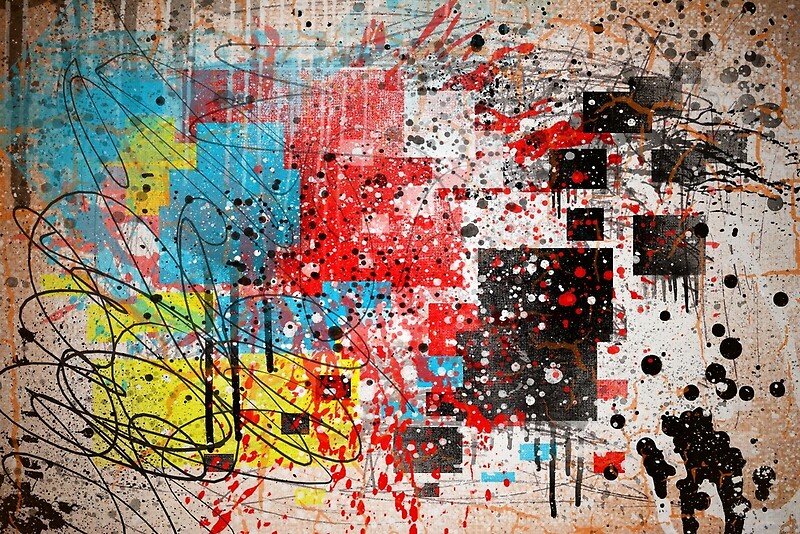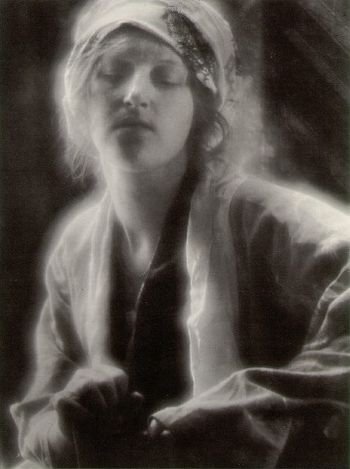| English: Frank Zappa, © 1977 Mark Estabrook. 1977 Frank Zappa press conference and Armadillo World Headquarters performance photographs (Photo credit: Wikipedia) |
"And all this culture, all this art, was simply a trick. It allowed us to pretend that human beings were noble, intelligent creatures who'd left their animal past behind them long ago and had evolved into something finer, something purer; that because they could write like angels they were angels. But this art was just a screen that hid the ugly truth -- that we were still the same creatures who had cut into the warm bellies of the animals we'd killed with sharpened stones and vented our anger on the weak with frenzied blows of a blunt club."
"People say graffiti is ugly, irresponsible and childish... but that's only if it's done properly."
— Banksy
"Art produces ugly things which frequently become more beautiful with time. Fashion, on the other hand, produces beautiful things which always become ugly with time."
— Jean Cocteau"All profoundly original art looks ugly at first." - Clement Greenberg
"I feel that works of art which genuinely puzzle us are almost always of ultimate consequence." - Clement Greenberg
"Well, Daddy, I used to believe that artists went crazy in the process of creating the beautiful works of art that kept society sane. Nowadays, though, artists make intentionally ugly art that’s only supposed to reflect society rather than inspire it. So I guess we’re all loony together now, loony rats in the shithouse of commercialism."
— Tom Robbins Not only can we take the aesthetic attitude toward things that are not art, but we can also take it toward things that are not beautiful. Some art is ugly, and certain artworks even flaunt their ugliness for artistic effect. In fact, calling something ugly is giving it an aesthetic evaluation, which in turn requires taking the aesthetic attitude toward it. - Alexandra King
"Whatever you now find weird, ugly, uncomfortable and nasty about a new medium will surely become its signature. CD distortion, the jitteriness of digital video, the crap sound of 8-bit - all of these will be cherished and emulated as soon as they can be avoided. It’s the sound of failure: so much modern art is the sound of things going out of control, of a medium pushing to its limits and breaking apart. The distorted guitar sound is the sound of something too loud for the medium supposed to carry it. The blues singer with the cracked voice is the sound of an emotional cry too powerful for the throat that releases it. The excitement of grainy film, of bleached-out black and white, is the excitement of witnessing events too momentous for the medium assigned to record them."
— Brian Eno “The dominant theories of elite art and criticism in the 20th century grew out of a militant denial of human nature. One legacy is ugly, baffling, and insulting art. The other is pretentious and unintelligible scholarship. And they’re surprised that people are staying away in droves?” - Steven Pinker
"Art should be linked to abstract things - color, line, tone. It is not an instrument to improve social conditions and chase ugliness. Painting is like music and it has to separate from everyday reality."
— Irving Stone'Ugly' seems like an overstatement, but 'boring' seems to hit the nail on the head. - Naysawn Naderi
"The job of art is to chase ugliness away."
— Walter Isaacson (Steve Jobs)“I have an important message to deliver to all the cute people all over the world. If you're out there and you're cute, maybe you're beautiful. I just want to tell you somethin' — there's more of us UGLY MOTHERFUCKERS than you are, hey-y, so watch out.”
"Christianity was beauty created by controlling a million monsters of ugliness . . . modern art and science practically mean having the million monsters and being unable to control them..."
"Create something. Create something ugly. Create something beautiful. I don't care what it is. Create it. "
"In all great works of fiction, regardless of the grim reality they present, there is an affirmation of life against the transience of that life, an essential defiance. This affirmation lies in the way the author takes control of reality by retelling it in his own way, thus creating a new world. Every great work of art, I would declare pompously, is a celebration, an act of insubordination against the betrayals, horrors and infidelities of life. The perfection and beauty of form rebels against the ugliness and shabbiness of the subject matter."
— Azar Nafisi “It is the sheer ugliness and banality of everyday life which turns my blood to ice and makes me cringe in terror.”
“I’m trying in all my stories to get the feeling of the actual life across—not to just depict life—or criticize it—but to actually make it alive. So that when you have read something by me you actually experience the thing. You can’t do this without putting in the bad and the ugly as well as what is beautiful. Because if it is all beautiful you can’t believe in it. Things aren’t that way.”
“-Do you see that?
-Yeah, what is it?
-That’s the truth.
-How can you tell it’s the truth?
-Because it’s ugly.”
"There is something about the act of studying an unclothed body, as an artist does, that allows a person to appreciate it as pure form, regardless of the kinds of traits traditionally regarded as imperfections. In a figure drawing class, an obese woman's folds of flesh take on a kind of beauty. You can look at a man's shrunken chest or legs or buttocks with tenderness. Age is not ugly, just poignant."
— Joyce Maynard“Accentuated plainness and accentuated vice ought to bring about harmony. Beauty lies in harmony, in style, whether it be the harmony of ugliness or beauty, vice or virtue.”
― Yevgeny Zamyatin,
“If you think something is ugly, look harder. Ugliness is just a failure of seeing.”
― Matt Haig,
“Imperfections don’t make something ugly.”
― Amy Neftzger,
Beauty he loved for its own sake; ugliness, which more often than not was a form of inverted beauty, fascinated him. Life offered far too little of either, and far too much appalling mediocrity, which he thought hideous.”


























